Archeology Exam
1/62
There's no tags or description
Looks like no tags are added yet.
Name | Mastery | Learn | Test | Matching | Spaced |
|---|
No study sessions yet.
63 Terms
Kings
8th-6th century BC
The Republic
6th-1st century BC
Julius Caesar
1st Century BC
Augustus
First Emperor of Rome (1st century BC- 1st century AD); Republican Temples
Tiberius
(14-37 AD) Early 1st Century AD
Claudius
(41-54 AD) 1st Century AD
Nero
(54-68 AD) 1st Century AD
Vespasian
(69-79 AD) Late 1st century AD
Titus
(79-81 AD) Late 1st century AD
Domitian
(81-96 AD) Late 1st century AD; Stadium of Domitian
Nerva
(96-98 AD) Late 1st century AD
Trajan
(98-117 AD) Early 2nd century AD
Vespasian → Domitian
Flavian Dynasty, builders of the Colosseum
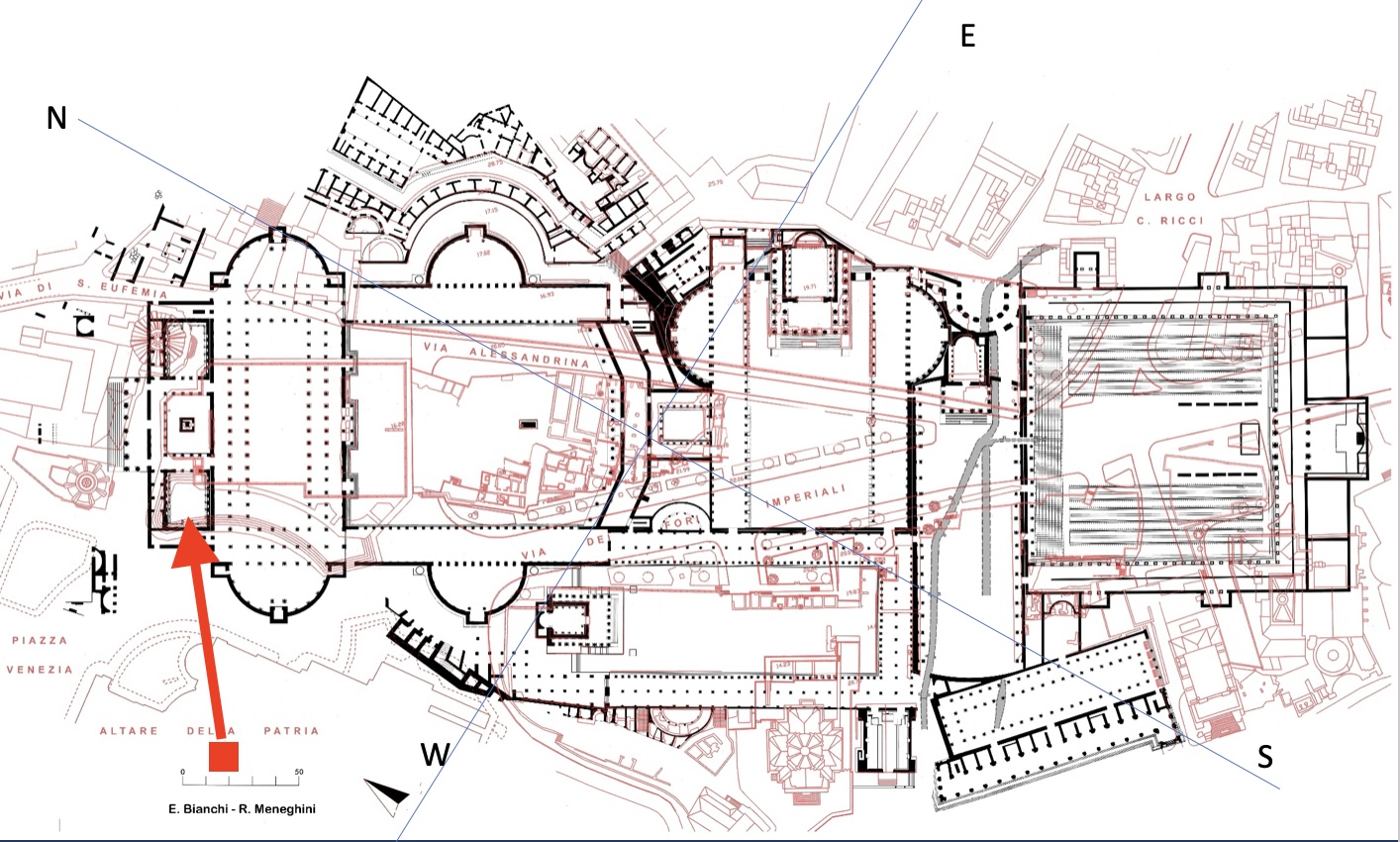
Northwest Imperial Forum
Libraries
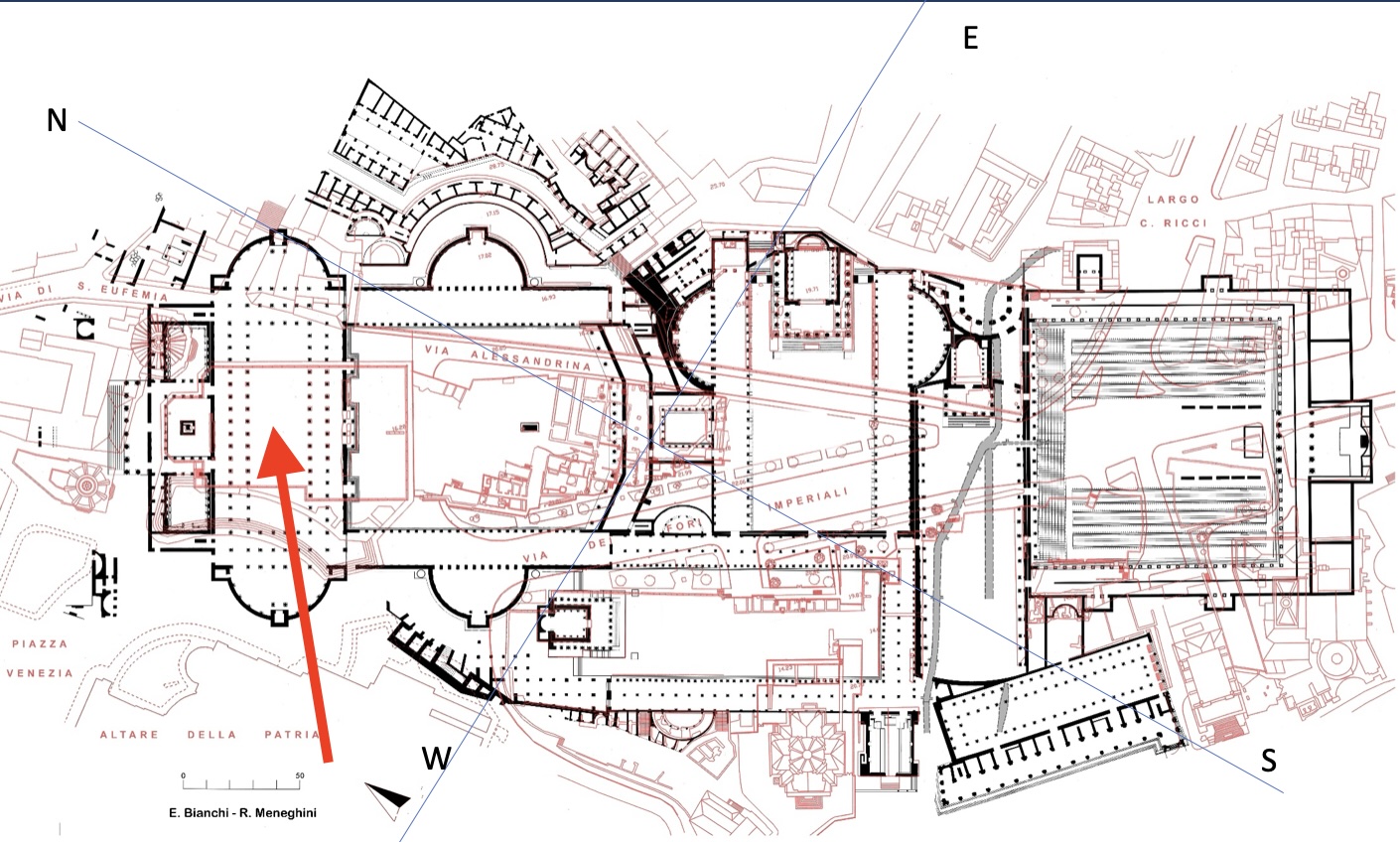
Northwest Imperial Forum
Basilica Ulpia
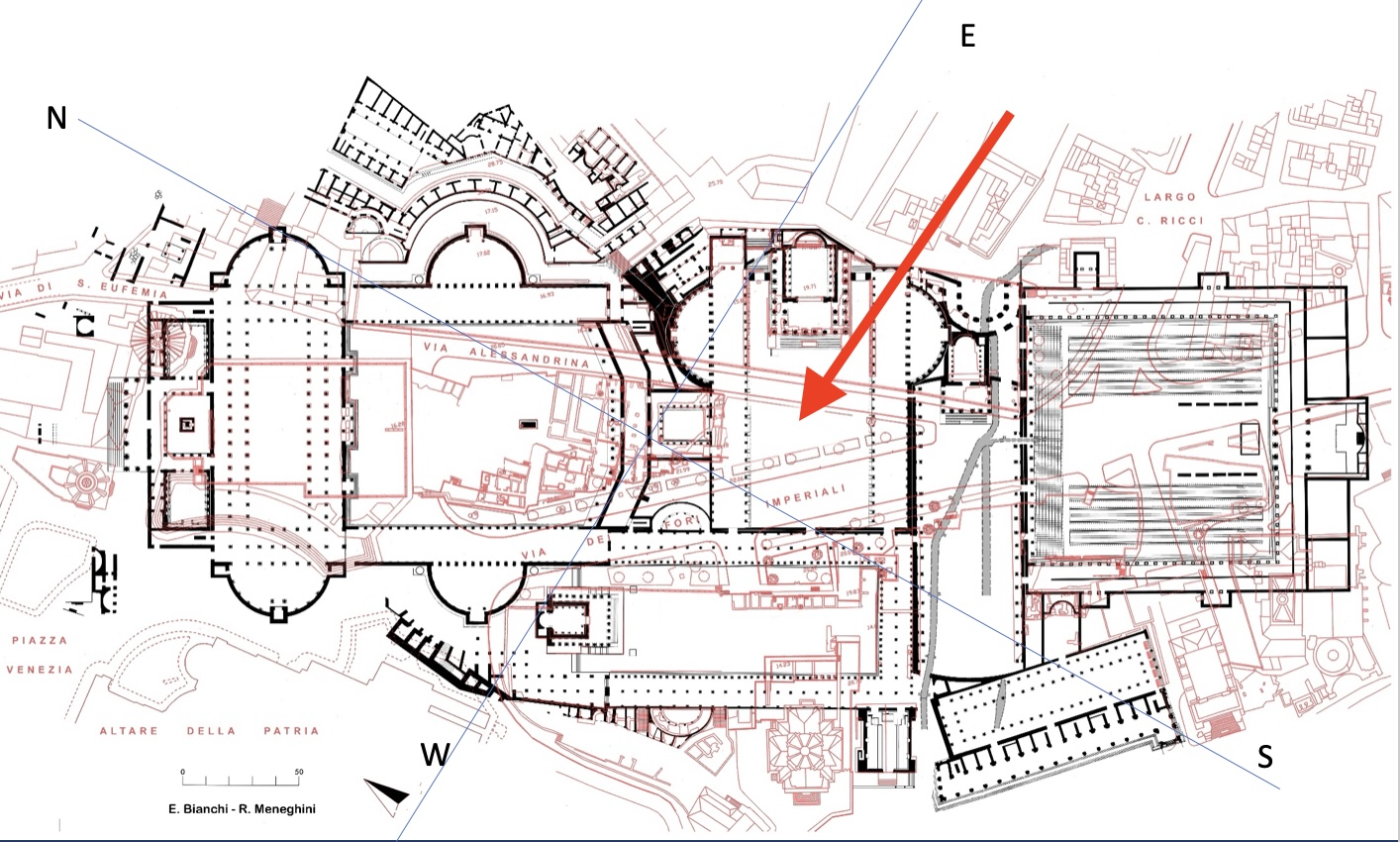
Center Imperial Forum
Forum of Augustus
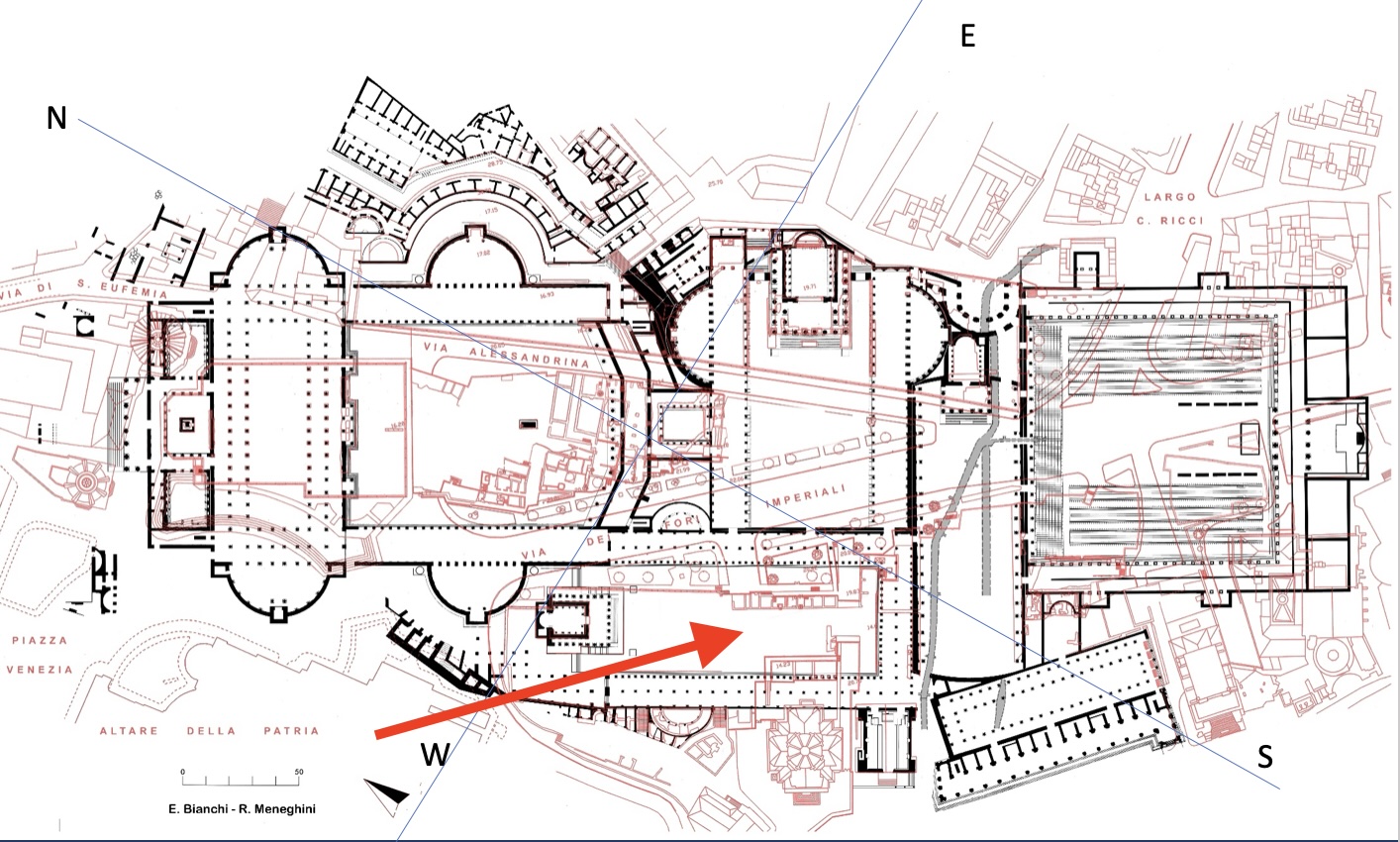
Southwest Imperial Forum
Forum of Caesar
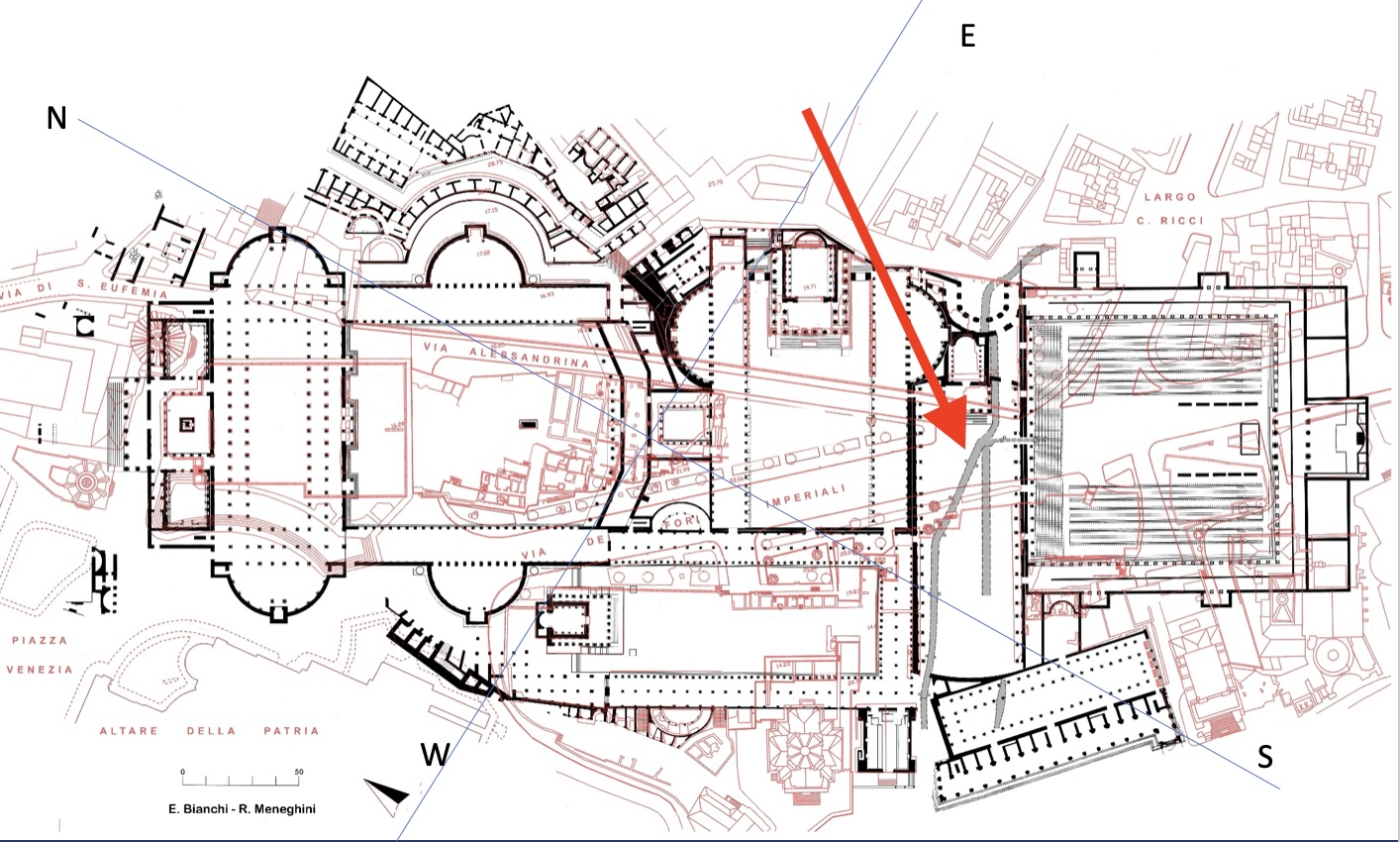
Northeast Imperial Forum
Forum of Nerva

Northeast Imperial Forum
Forum of Peace (Vespasian)

Center/Northwest Imperial Forum
Forum of Trajan
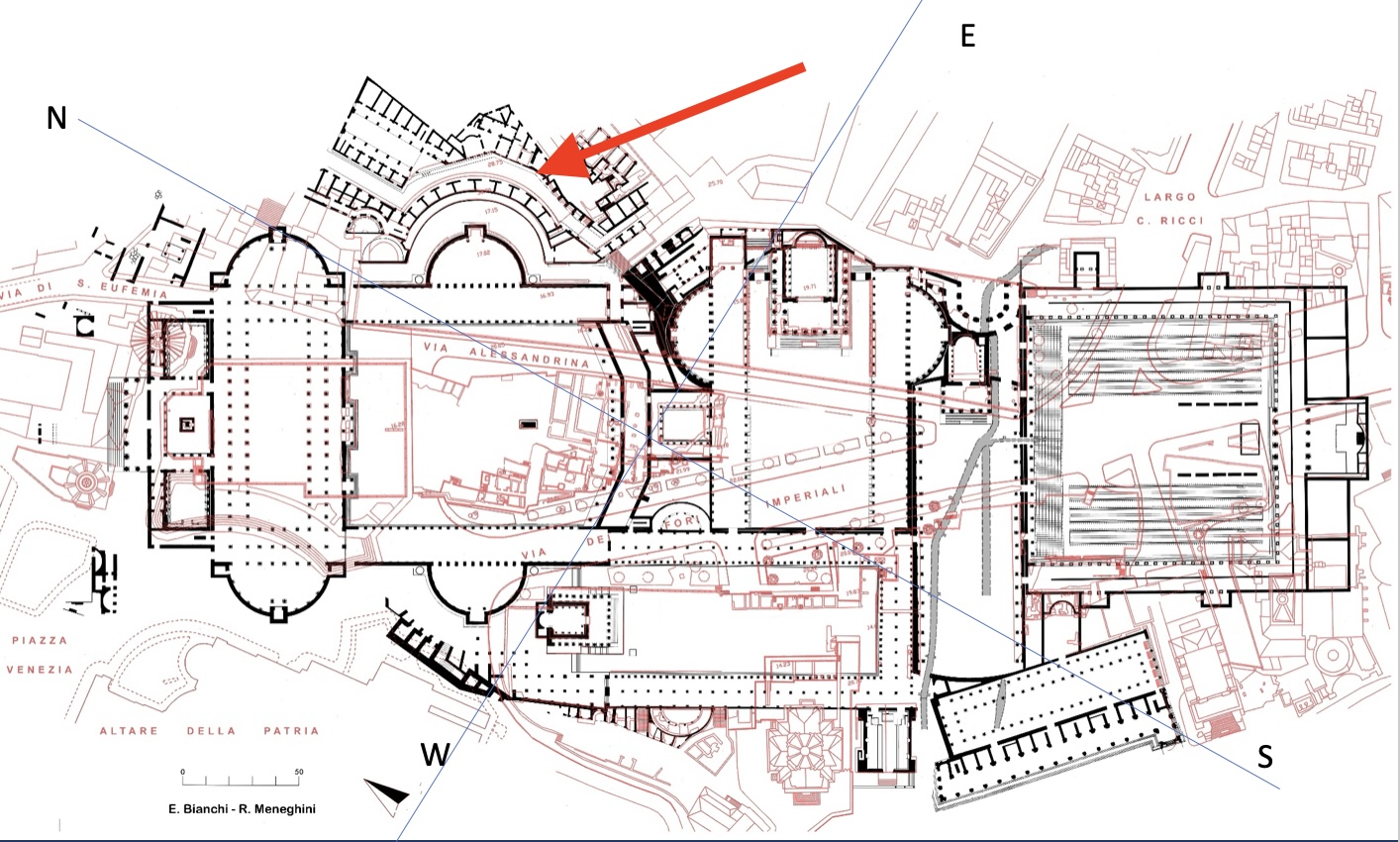
Northeast Imperial Forum
Markets
Furma Urbis
Marble plan of Rome, times of Septimius Severus, and 2nd c AD
Moussolini
Destroyed many archeological sites in order to build a road between the Vitoriano and the Colosseum to parade down
Romulus and the Legend of Foundation
753 BC
Overthrow of the Etruscan Dynasty
509 BC
Roman Republic Senate
“advisory” body with no executive powers. Very powerful because of the economic strength of its members who controlled the two consuls
Topography of Rome
Public monuments, paths of traffic, architecture and decoration
Hadrian
(117-138 AD) Accompanied Trajan on many campaigns, did not possess the same military talent. Building program:
Pantheon
Mausoleum
Hadrian’s Villa
Amphora
Terracotta vases used to store raw materials
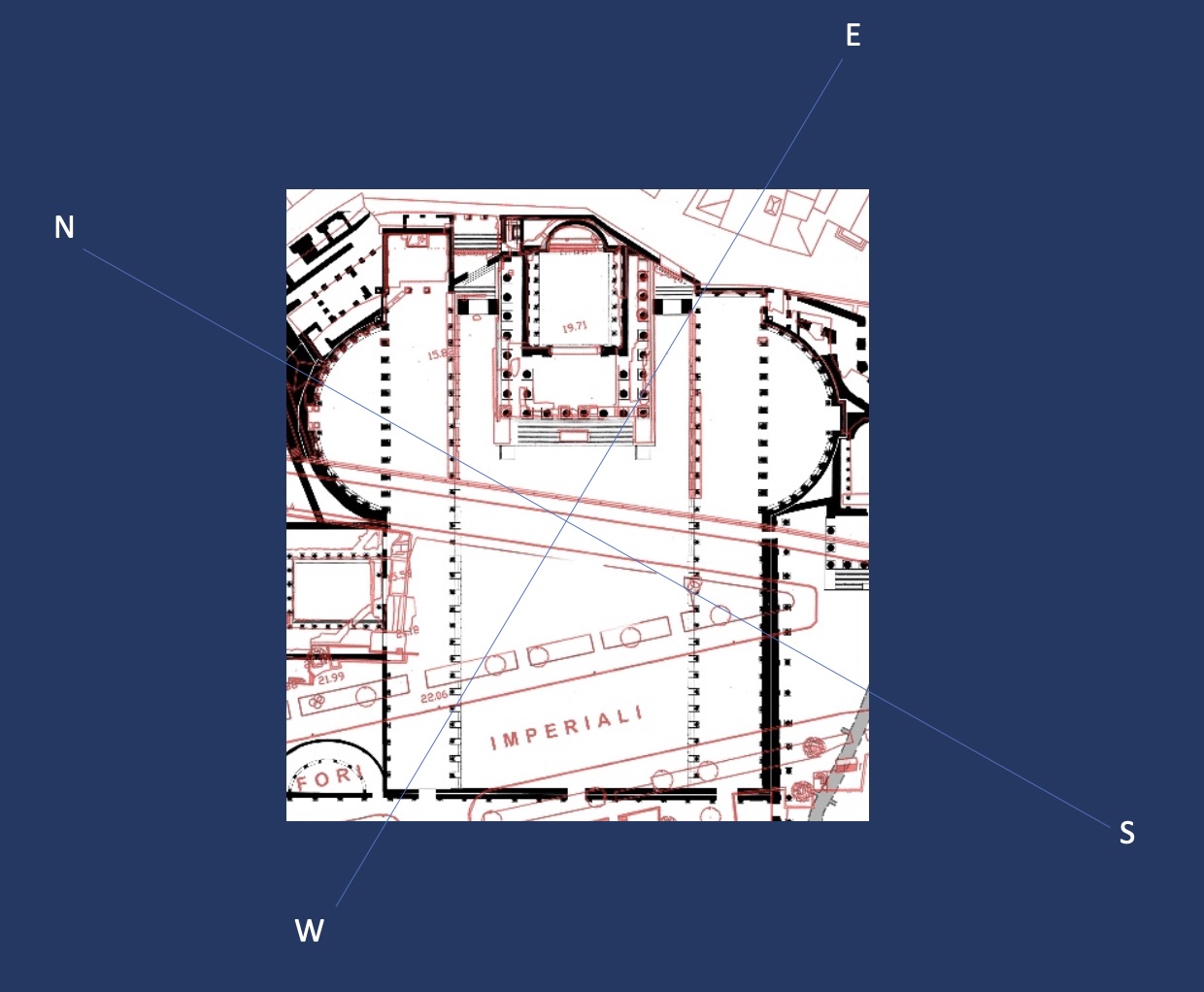
Baths of Caracalla Plan
Temple of Peace
Temple built by Vespasian to spread the propaganda of giving back to the people
Year of the 4 Emperors
69 AD (Galba, Otho, Vitellius, Vespasian)
Caligula
(37-41 AD) Early 1st Century CE
Campus Martius
Piazza Navona; Still remains the shape of the Stadium of Domitian
Theatre of Pompeii, 55BC; Complex with the Temple of Venus, Senate House, and Garden
Theatre of Balbus 13 BC
Theatre of Marcellus 13 BC
Cat Sanctuary; 4 Temples in the Republican Times, Place of Ceaser's Murder
Field of Mars; Part of the city used for assembling and training troops and for voting
Purpose: entertainment - stadiums, theaters, markets, baths, the largest ancient region in Rome
Stadium of Deomitian
Commissioned by Domitian, located to the North of the Campus Martius, and mainly used for athletic events.
Retained ovular shape now seen in Piazza Navona; underground structure excavated underneath piazza
Republican Temples of Largo Argentina
Four different temples; cat sanctuary; site of Caesar's death; 4th BC-1st AD
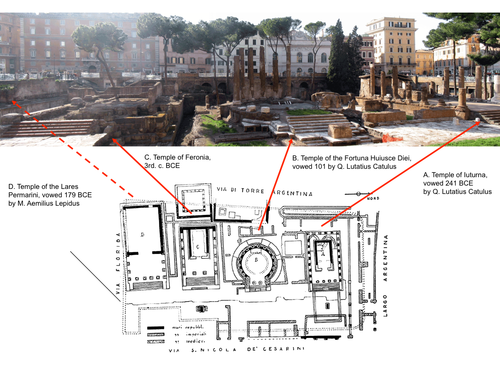
Augustan Development
- pantheon
- acqua virgo
- mausoleum of augustus
- ara pacis
- horologium augusti (sundial)
- euripus
- baths of argippa
- theatre of babus
Great Hadrianic Development
- industrial quarter along Tiber
- pantheon
- hadrianeum
- residential insulae
- column of Marcus Aurelius
The Pantheon
constructed by Agrippa and dedicated in 27 BC; Domitian carried out reconstruction; finished by Hadrian;
Errors in construction (does not match the ideas of Roman Architecture): shorter portico than rectangular backing and one shorter column; portico pasted onto circular space weird; not a proper temple despite niches for god statues
Significance: issues in interpretation, not built like a temple, held masses of people, unlike most temples, a sacred place for the 12 Gods but not a proper temple
Agrippa’s Pantheon
statues of gods; domed vault representing heaven; wanted a statue of Augustus to bestow him honor, instead, put Caesar; pre-hadrianic building faced north; centered design in the middle of a circular body
Pantheon Christianized
609 CE Byzantine emperor Phocas gave building to Pope Boniface IV who converted to Christian church and consecrated to st. Mary; bell towers added by Bernini in early 17th c
The Hadrianeum
- Deified hadrian
- Elephant sculpted by Bernini but belonged to obelisk of cult of isis - Egyptian
- Imperial legitimization of power by using eastern symbols
- reliefs show personifications of provinces; Dacia and Thracian
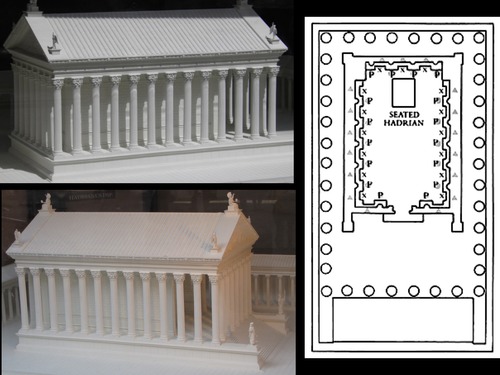
Column of Marcus Aurelius
Late 2nd AD; victory column; exaggerated gestures and distorted features that were obviously intended to evoke a sense of emotion or horror as might be expected in engaging in a conduct of war
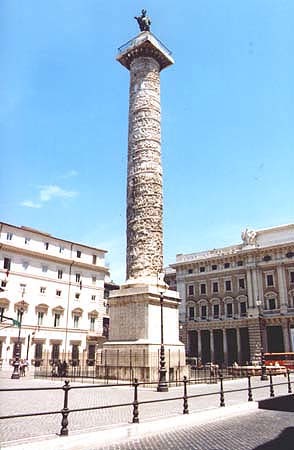
The Tiber
River that runs through Rome
Important for transportation, water supply, trade
Forum Boarium
the chief cattle market and harbor of urban Rome; Temples of
Portunus and Heracles
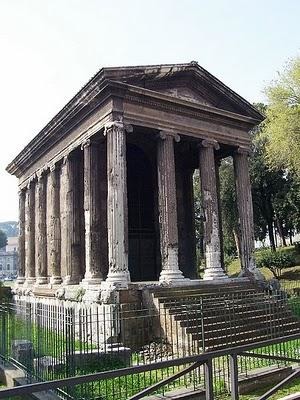
Tiber Island
the Island located in the center of the tiber. It was bridged to the area outside of rome. Also, the Island was built on and constructed into a form that was reminiscent of a boat.
Roman Baths
a building containing a complex of rooms designed for bathing, relaxing, and socializing, as used in ancient Rome.
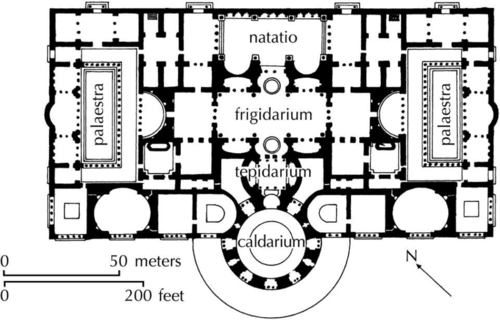
Frigidarium
Passageway of Roman Baths
Tepidarium
Lukewarm room of Roman Baths
Calidarium
Hot Room of Roman Baths
Palaestra
Gym of Roman Baths
Natatio
Swimming pool of Roman Baths
Apodyteria
Changing room of Roman Baths
Praefurnium
Furnace for the hypocaust heating system of Roman Baths
Suspensurae
Supports holding the bath floor up for the hypocaust heating system of Roman Baths
Tubuli
Tubing that allowed heat to flow through walls for the hypocaust heating system of Roman Baths
The Baths of Caracalla
early 3rd AD; built by Emp. Caracalla to please his citizens (vicious ruler) large pools, spas, gym, gardens...basically ancient country clubs for citizens to relax in luxury
- Imperial baths
- decor was mosaics and statues of athletes
- social space
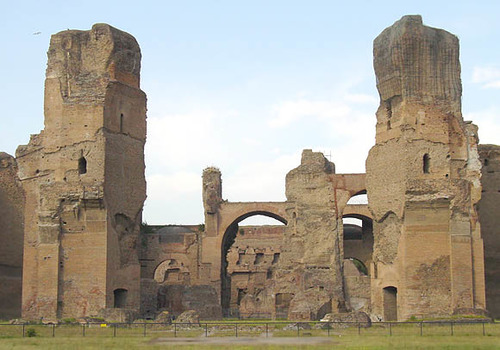
Forum of Caesar
- "dictator for life"
- temple of Venus genetrix
- creative mother force
Forum of Augustus
- propaganda
- statues of gods, great men, and kings
- centralized chariot of augustus
- 27 BC-2AD
Temple of Peace
- 69-79 AD
- Vespasian
- destroyed and rebuilt where Nero was
- propaganda: giving back to the people
Forum of Nerva
- 85-97 AD
- Domitian
- porticus absidata + temple of minerva
Forum of Trajan
- inaugurated in 112 AD
- planned by Apollodorus
- largest one; modeled onto that of Augustus
- basilica ulpia
- column of Trajan
Hypocaust
Heating system of the Roman Baths